Outlander, both book and television series, has always been rather vague on the methods and ramifications of their time travel. With the latter’s third season diving into Voyager, the third book of Diana Gabaldon’s series, (minor spoilers ahead) we will find Claire spending a good chunk of her life back with Frank, in her original timeline. Her past with Jaime in 1700s Scotland, their intense, sexy marriage, time in France, involvement in the Jacobite Uprising, and her pregnancies, have become seemingly a part of “another life.”
Though Jamie and Claire, it seems, weren’t able to change history via the outcome of the Battle of Culloden, Claire’s experiences and time spent in the 18th century will remain with her throughout the following 20 years we’re diving into in Outlander Season 3. How a person mentally handles having lived so long a time in seemingly another world is what makes Outlander so interesting to watch, and every time I do, I’m reminded of a much-beloved episode of Star Trek: The Next Generation—one that touches on how its main character also deals with multiple lives and realities.
“The Inner Light” is considered one of, if not the best, episode in the entire run of TNG, showing up on top ten lists of both super Trek fans and TV critics alike. Written by Morgan Gendel and Peter Allan Fields, “The Inner Light,” the 25th episode of TNG’s fifth season, tells the story of a long-destroyed planet called Kataan, through the eyes of Captain Picard, as he lives an entire other life among its citizens. The Enterprise stumbles upon an old probe floating in space and Picard is hit with an energy beam and knocked unconscious. He wakes up in an unfamiliar house to a woman named Eline, who calls him by the name Kamin and claims she’s his wife. Naturally, Picard is furious, thinks he’s been kidnapped, and demands that he be returned to his ship. Eline says that Kamin has been sick, that these memories of being a starship captain named Jean-Luc must have been hallucinations, dreams brought on by intense fever.
Realizing that he’s trapped on a planet that has no interstellar travel or communication with other planets, and with everyone insisting that he’s another person entirely, Picard slowly, but eventually, gives up trying to get back to the Enterprise and accepts his new life. He has children and grandchildren. He learns to play a small flute, however badly. He works as a welder, has a best friend, and lives a pretty simple life. Picard spends decades as Kamin, just as long as, if not longer than he has as Picard. But as Kamin reaches old age and the planet’s inevitable destruction by its own sun looms, the episode’s conceit is revealed: Kataan was destroyed one thousand years ago, and the probe the Enterprise encountered serves as a time capsule so that their civilization will be discovered and remembered by others in the universe. When Picard learns the truth, he wakes up on the Enterprise, with Dr. Crusher informing him that he’d only been out cold for 25 minutes or so.
Imagine living an entire other life within 25 minutes, bookended by your “true” life. The result has to be total confusion and division of loyalties. Picard snaps back into “himself” on the bridge of the Enterprise after waking up, but the ramifications on his life as Picard are inevitable, both lives seemingly affecting each other. While he was Kamin, he played “Frere Jacques,” a French tune, on his flute, but once he returns to being Picard, he plays the song he learned for his son’s naming ceremony.
Picard continues to play the flute throughout the rest of TNG; it appears in two other episodes of the series, and was even included in the film Nemesis, though the scene was deleted. He occasionally brings up his other life, obviously still affected by his experience, feeling that those loved ones were truly his. Essentially, Kamin had all the things that Picard gave up—family, children, simplicity—in order to become a starship captain, so the pull of his life as Kamin echoes throughout the rest of his time as Picard. It stays with him and will always affect him.
The same is true for Claire in Outlander. In Season 1, when she first came to 18th century Scotland, she kept a tight hold on her life as a 20th century woman. She used her knowledge of the future to try to manipulate her way back to the mysterious stones, to return to Frank, England, and the world she once knew. But much like Picard, with no obvious way of finding her way back to her “real life,” she eventually gave up. But accepting her fate, and diving fully into an epic love story with Jamie, didn’t stop her from still caring for and thinking about Frank.
Much of Season 2’s conflict came from Claire trying to maintain historical occurrences that would lead to Frank’s existence. Season 3 finds her in the reverse situation. Like Picard returning to the Enterprise with memories of Kataan, Claire finds herself back in the 20th century, in a post-World War II society, with all of the scientific and gender advancements that come with it. But it’s obvious from these first few episodes and the trailers that Claire won’t be able to give up her life with Jamie, and that she’ll spend years thinking of him, longing for him, and trying to get back to him. Much like Picard, she can’t forget her former life; they’ve both become real, and they’re both a part of her.
Aside from these thematic connections, there’s the very literal connection between these two series in the form of Ronald D. Moore. Moore was a writer, script editor, and producer during TNG’s time on air and is the creator, executive producer, and showrunner for Outlander. Of “The Inner Light,” Moore has said, “I’ve always felt that the experience would’ve been the most profound experience in Picard’s life and changed him irrevocably … the larger implications of how this would really screw somebody up didn’t hit home with us until later.”
Both Outlander and “The Inner Light” touch on how experiences make us who we are, but also turn that idea on its head by forcing the two characters to question their very existence in a life they didn’t choose. Claire does choose to stay with Jaime in Season 1, and tries her damndest to get back to him in Season 3, but Picard’s other life is lost forever. If given the option, would Picard have chosen to return to Kataan, his wife, and his children? It’s hard to say. But it will be interesting to watch how Claire’s lives affect one another going forward. Picard hung on to both dearly, but it’s looking more and more like Claire prefers one over the other.
Casey Cipriani is a New York-based arts and entertainment journalist with a passion for watching sci-fi and fairy tales and addressing women’s issues in the industry. She has written for Indiewire, Vulture, Slate, Refinery29, the New York Times, the New York Daily News, Women and Hollywood, and Bustle. She earned her Master’s Degree from the CUNY Graduate School of Journalism where she concentrated in arts and culture reporting and criticism.
(image: Starz/CBS)
Want more stories like this? Become a subscriber and support the site!
—The Mary Sue has a strict comment policy that forbids, but is not limited to, personal insults toward anyone, hate speech, and trolling.—



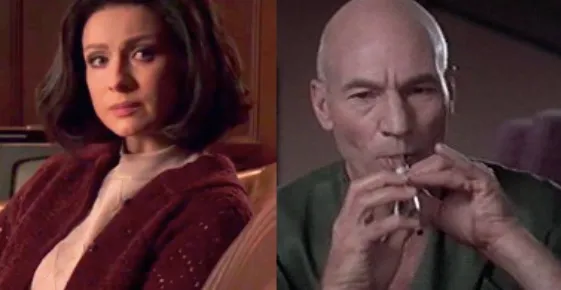

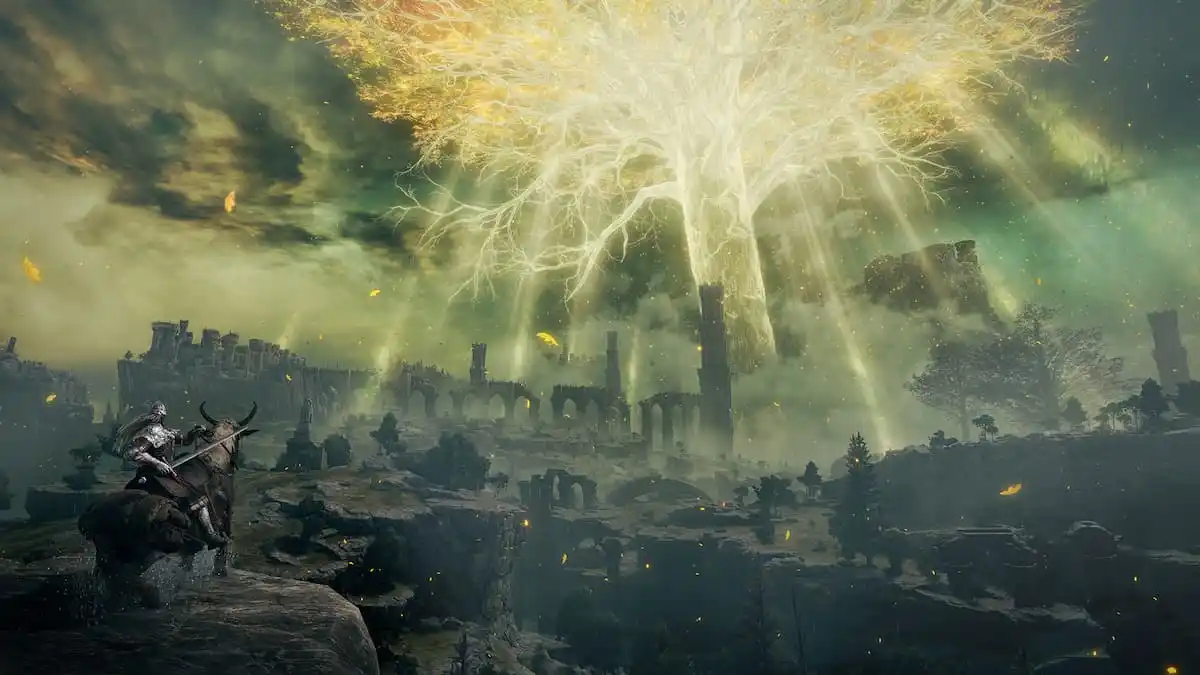
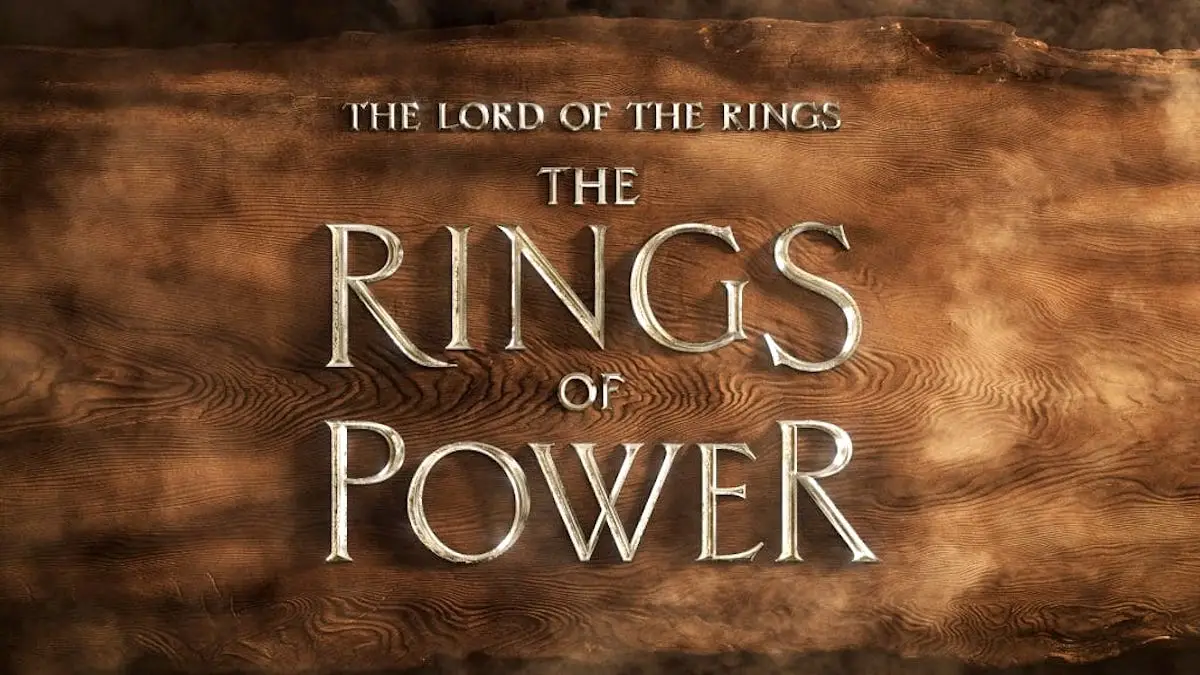
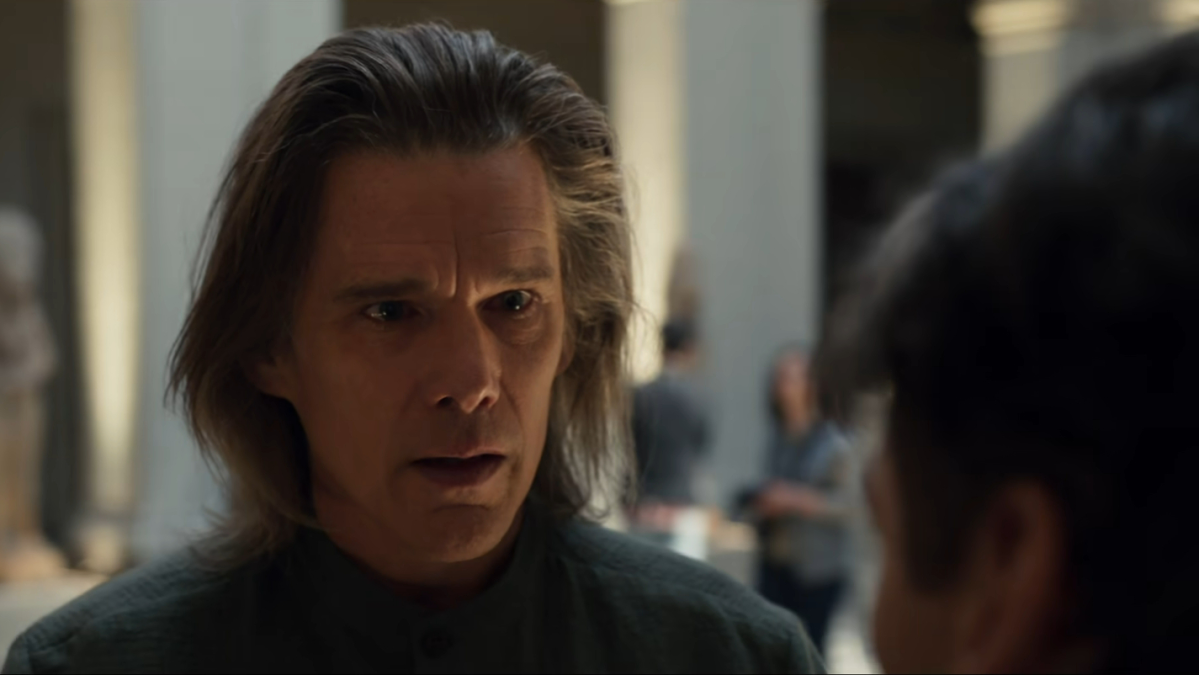
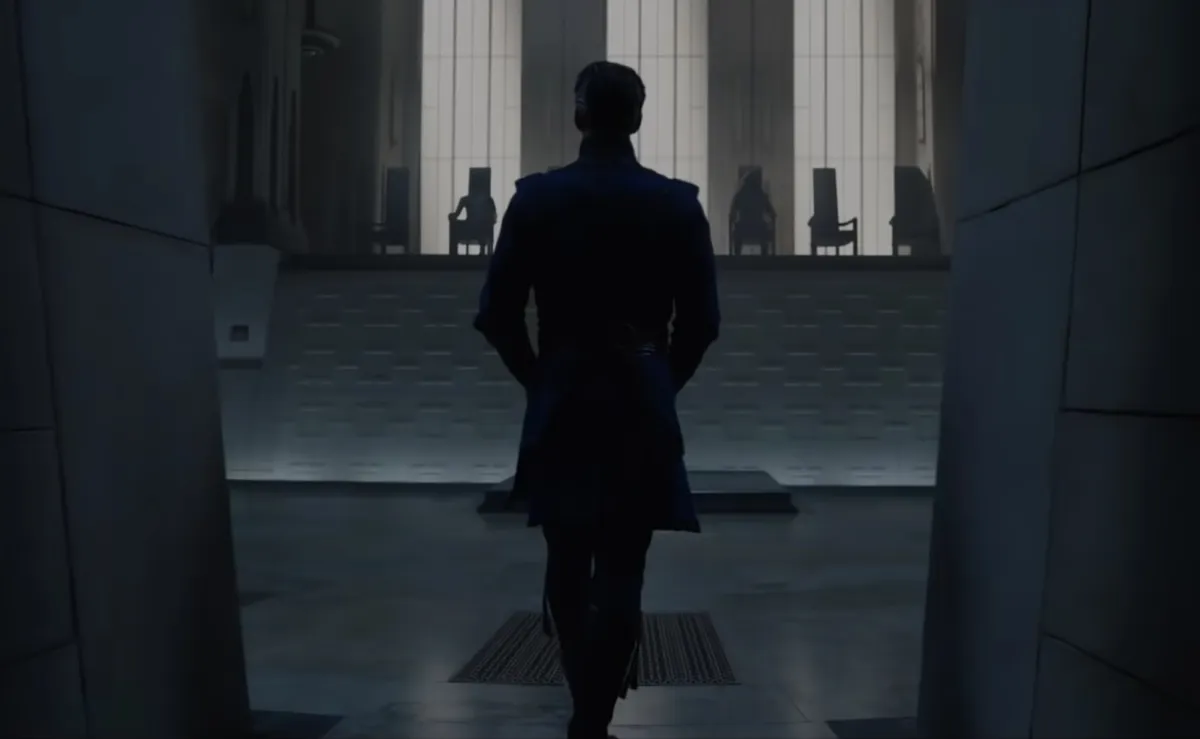
Published: Sep 20, 2017 12:06 pm